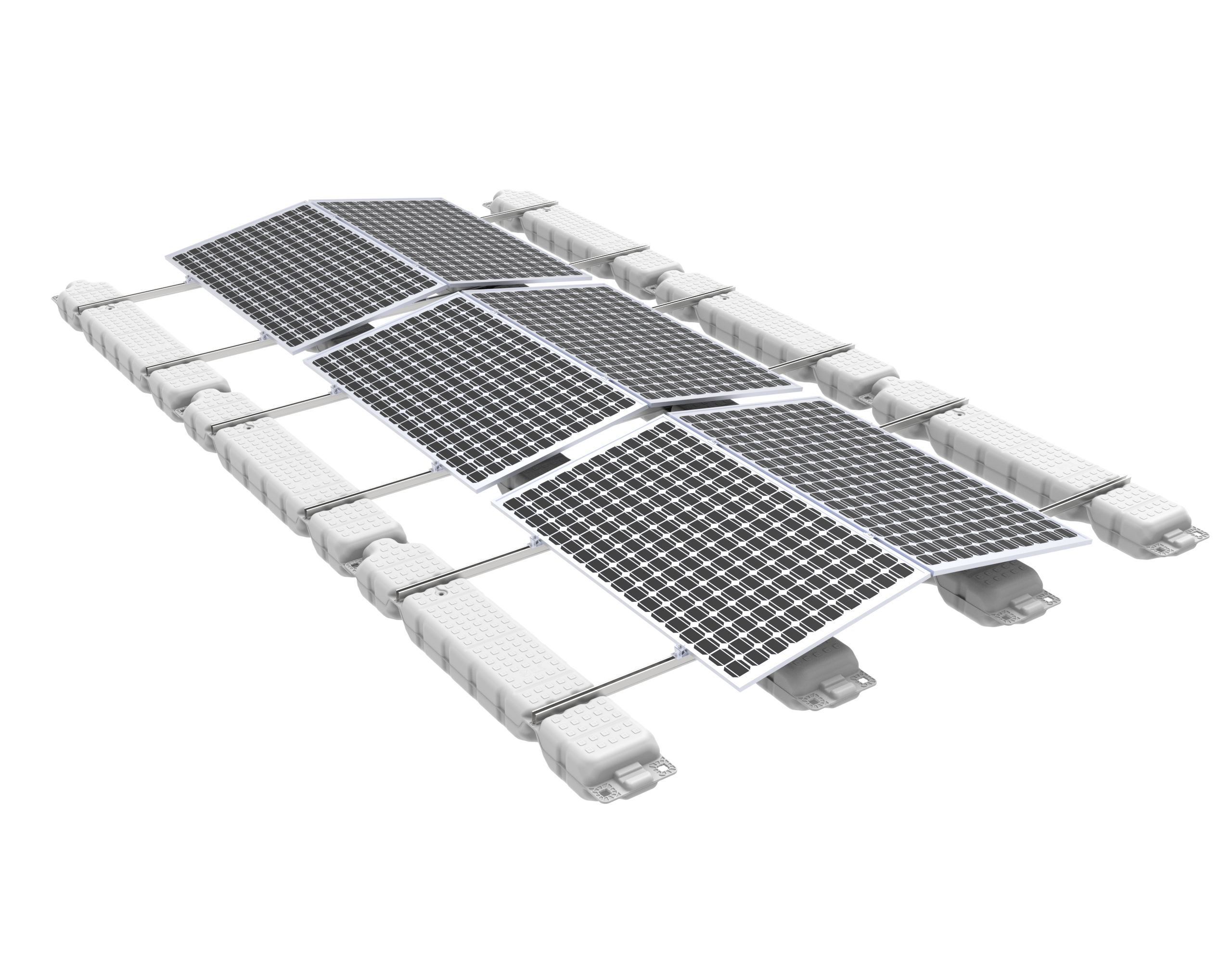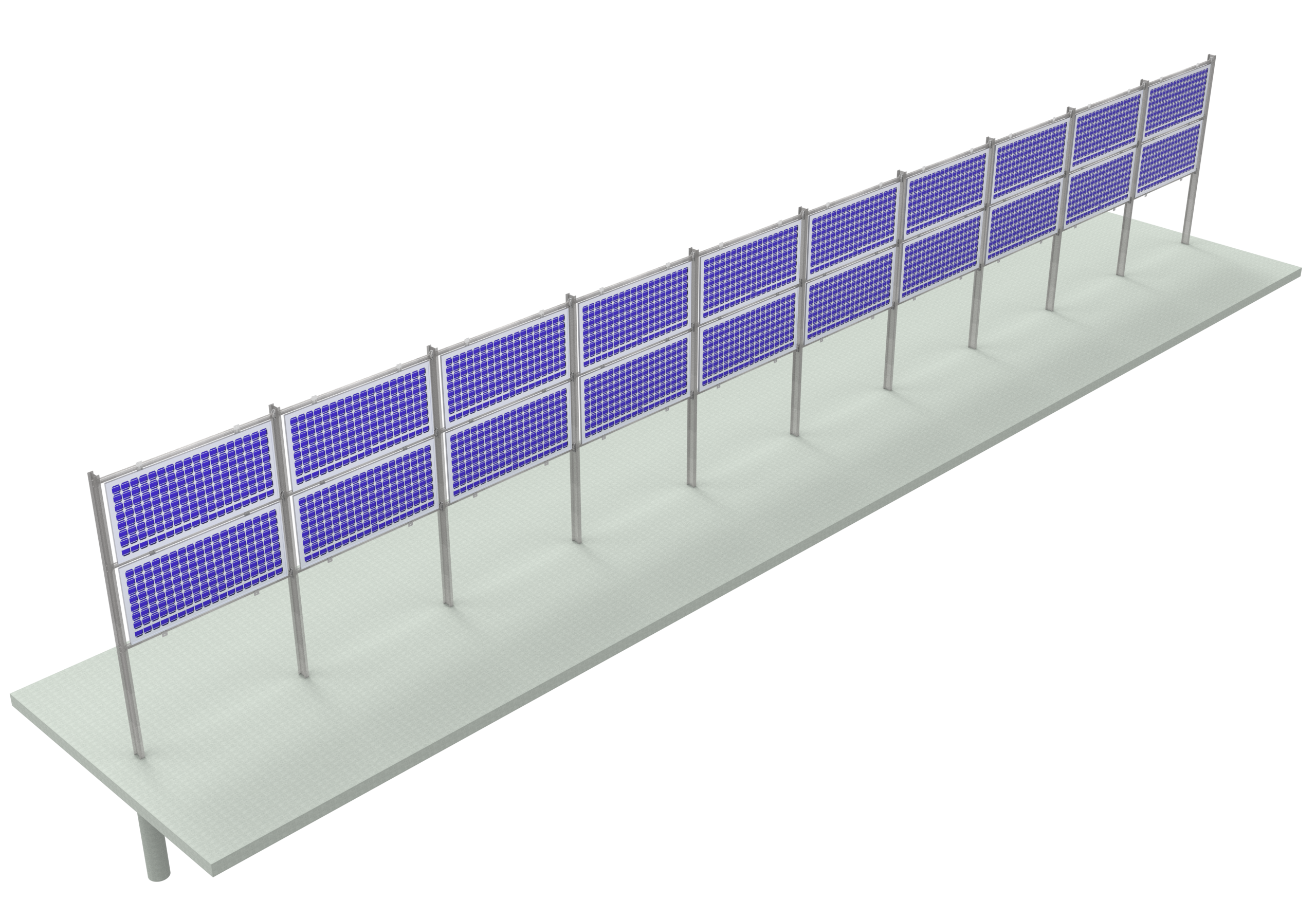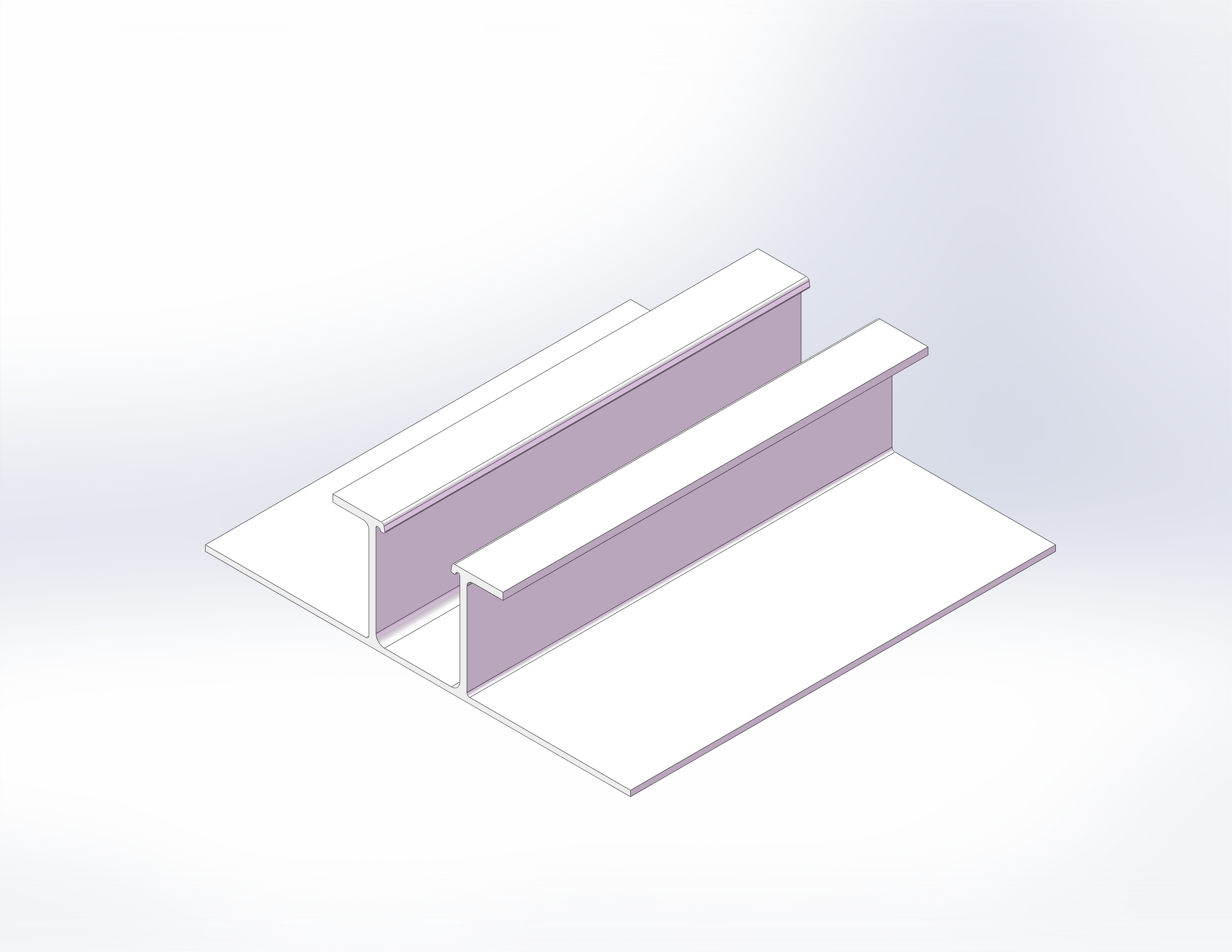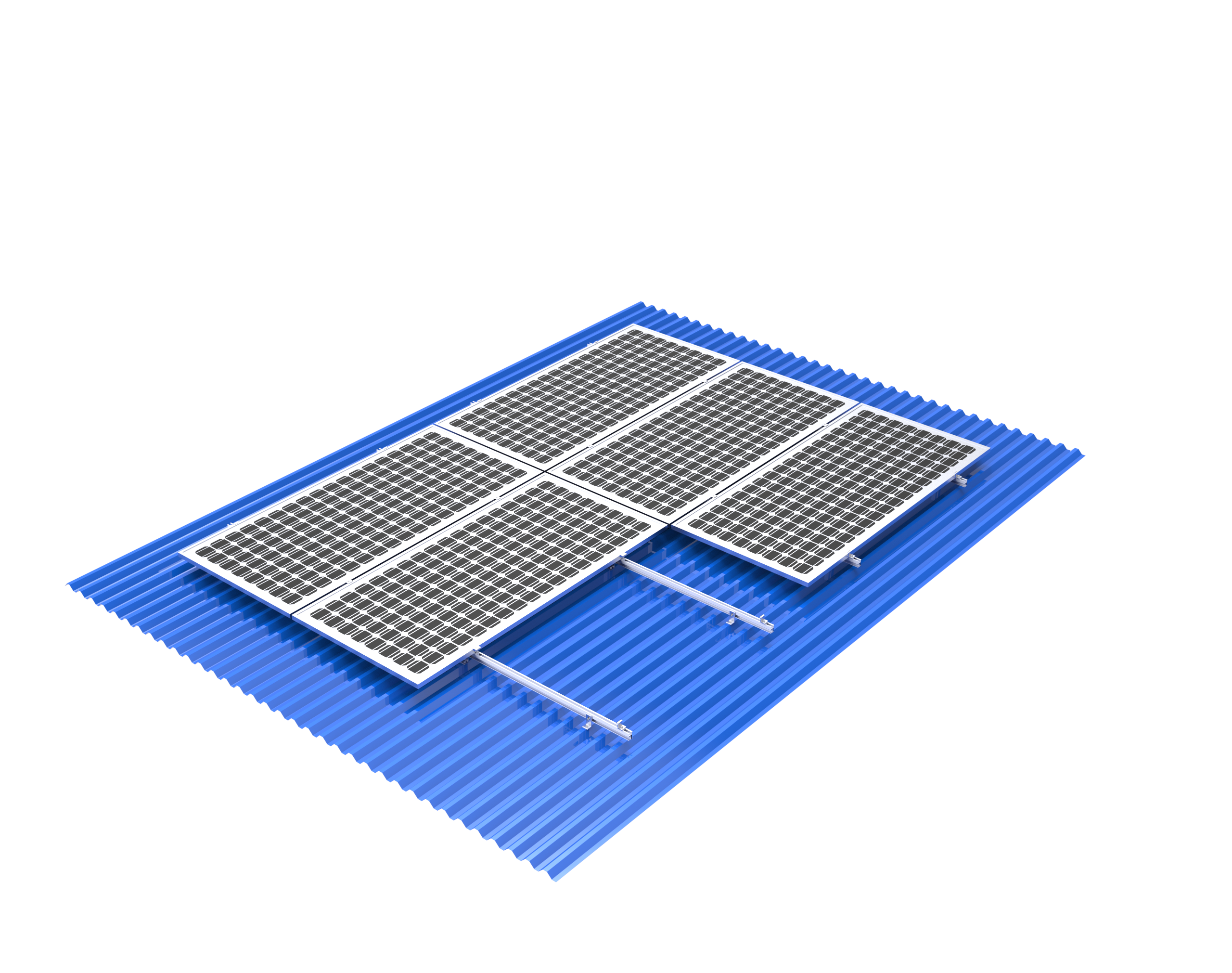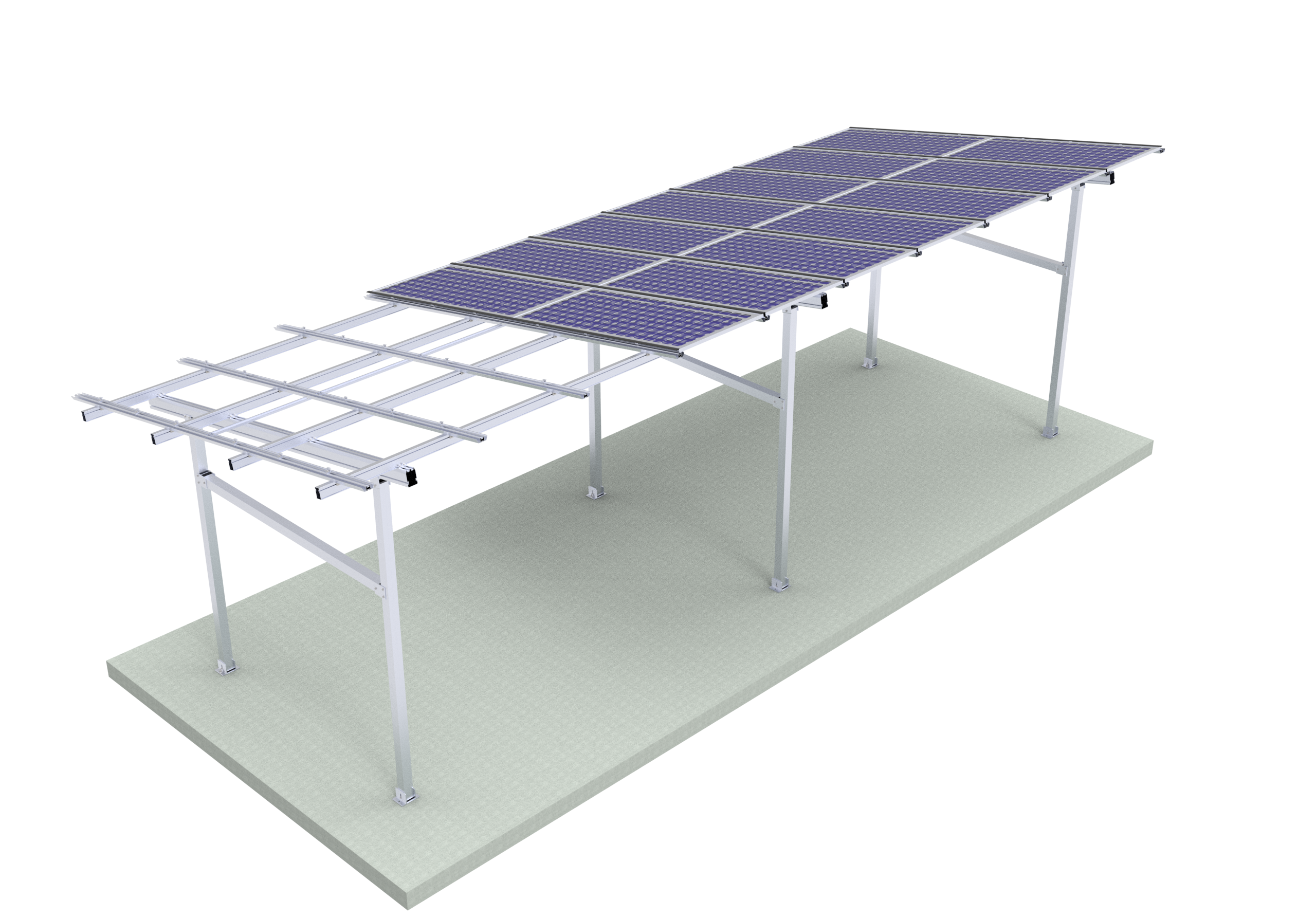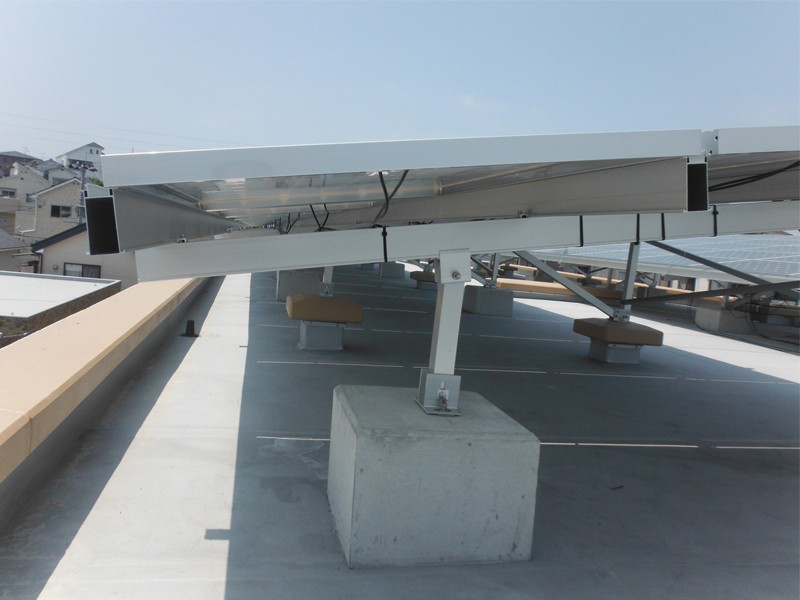Choosing the best roofing for solar panels is crucial when planning an installation. The roofing material plays a significant role in the effectiveness, durability, and longevity of the solar system. The right material can enhance the performance of the panels, ensure the structural integrity of the roof, and provide a seamless integration of the solar system with the overall aesthetics of the property.
Conversely, using the wrong roofing material for solar panels can lead to various problems. Inadequate weight-bearing capacity can lead to structural issues, potentially compromising the integrity of the roof. Incompatible materials may make it challenging to properly mount and secure the solar panels, increasing the risk of damage or detachment during extreme weather conditions.
Key Considerations for Solar Panel Roofing
Several key considerations need to be taken into account when selecting the roofing material to ensure the success and efficiency of a solar panel instllation. These factors directly impact the solar system's performance, durability, and compatibility, making them essential for homeowners and businesses alike.
Weight-bearing capacity and structural integrity: It is crucial to select a roofing material that can support not only the weight of the solar panels and mounting equipment but also the possible added weight of snow during the winter season. Ensuring the roof structure can handle the maximum expected weight is essential to avoid any potential structural damage or safety hazards.
Heat resistance and thermal conductivity: The solar panel roofing should have good heat resistance to protect the solar panels from excessive heat and prevent any thermal damage. Solar panel efficiency decreases above temperatures of 77°F (25°C ), so selecting solar panel roofing with low thermal conductivity boosts the energy output of the solar panels.
Durability and lifespan: A durable roofing material must withstand the harsh effects of weather conditions like rain, hail, wind, and UV radiation. Choosing a material with a long lifespan will ensure that the roof can provide reliable support for the solar panels throughout their operational lifespan. Remember that solar power systems can easily last 25 to 30 years, so it's ideal when a roofing material has a similar or longer lifespan.
Compatibility with solar panel installation and maintenance: The roofing material should be compatible with solar panel installation and maintenance requirements. This includes considerations like the ease of installing the solar panel mounting brackets and the accessibility for future panel maintenance or repairs. For example, it's ideal if the solar installers can walk on the roof without damaging it.
Cost and energy efficiency: Cost and Energy Efficiency: When selecting a roofing material for solar panel installation, it is important to consider the balance between cost and energy efficiency. While some materials may have a lower upfront cost, they may not be as energy efficient and may require more maintenance and repairs in the long run.
On the other hand, some materials may have a higher initial cost but provide significant cost savings through their increased energy efficiency and durability over time. So, it is essential to weigh both the short-term and long-term costs and benefits when selecting a roofing material for solar panel installation.
Worst Roofs for Solar Panels
Unfortunately, mounting solar panels on certain types of roofs is extremely difficult. Beware of taking on projects on the following roof types.
Wood Shake Roofs: They are highly flammable, less durable, and challenging to install solar panels without damaging the roof. Plus, the solar installation may void the roof warranty.
Slate Roofs: They are fragile and prone to cracking under the weight of solar panels, making installation difficult and potentially costly due to the need for specialized mounting equipment and labor.
Gravel Roofs: Installing solar panels on gravel roofs is difficult due to the uneven surface and the potential for gravel displacement, which can lead to instability and potential roof damage.
Rubber Roofs: They may not provide the necessary stability and support for solar panel racking systems, and improper installation can lead to leaks and roof damage.
Selecting the Best Roofing for Solar Panels
Choosing the ideal roof for solar panels is crucial for maximizing energy generation and ensuring long-term efficiency. Various factors such as orientation, tilt, shading, and material composition play significant roles in determining the suitability of a roof for solar installation.
Flat or low-slope roofs offer versatility and ease of installation, while south-facing, steeply angled roofs often yield optimal solar exposure. Also, durable roofing materials like metal or tile are recommended to support the weight of solar panels, withstand environmental elements, and have a long lifespan. By carefully considering these factors, your customers can make informed decisions that save money and boost solar energy production over time.


